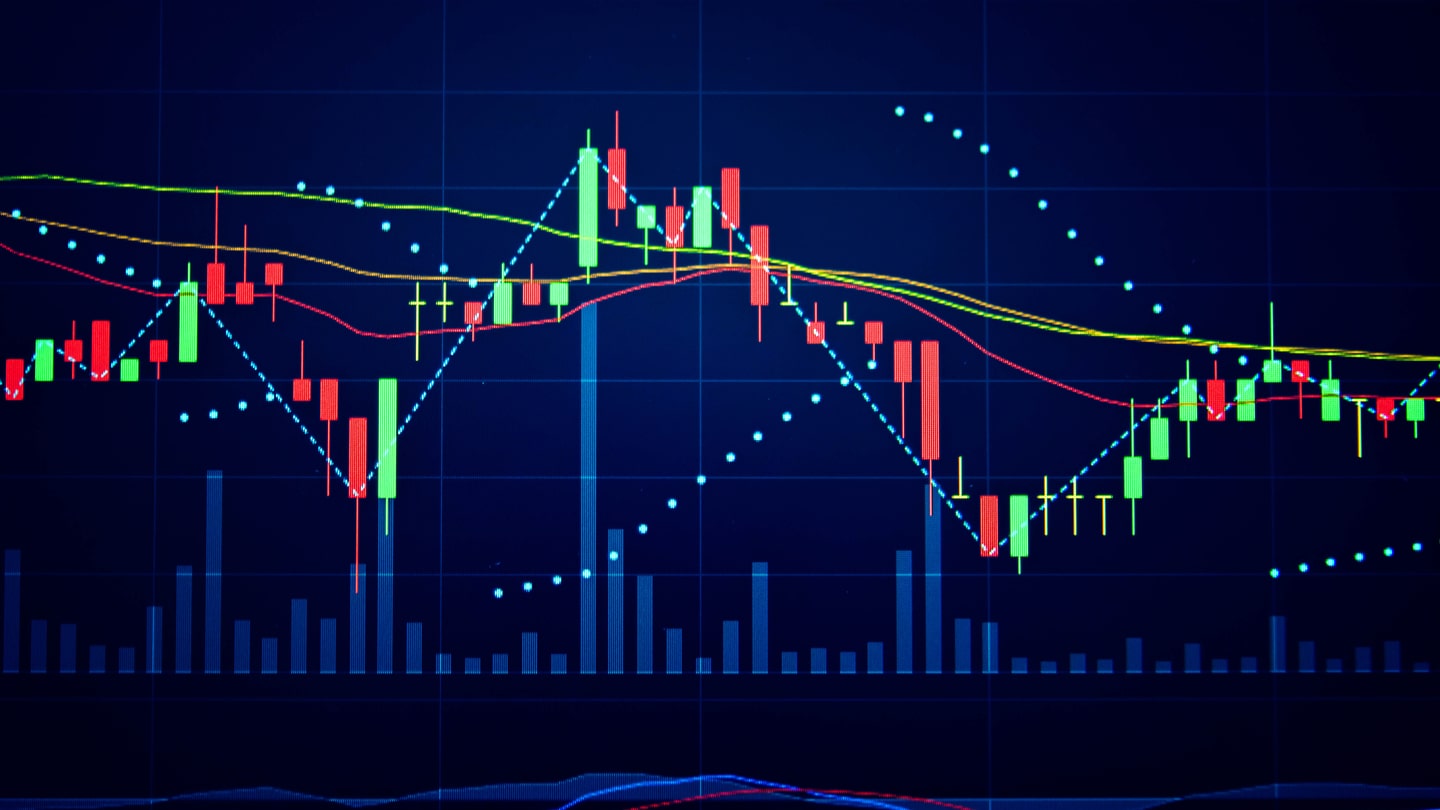Traders decide between a stop-loss order and a stop-limit order

Market orders vs. limit orders in line with stop-loss orders and limit orders
Before we start differentiating stop-loss and stop-limit orders, let us first talk about their root orders. There are two basic types of orders that a trader can make. The first one is a market order where a trader buys a stock at the current market price. It is like a default.
The second one is a limit order where a trader instructs the broker to buy or sell a stock at a specified price if there is no better choice than the specified price.
For example, a stock’s price is continuously rising, and now, the current market price is $20. If you place a market order now, you could end up paying more than $20 after the trade’s processing. However, if you want to avoid this from happening, you can place a limit order at $20. It means that you will not pay anything higher than $20. If the price continues to rise and is more than $20, the order will not execute.
Understanding stop-loss orders
Stop-loss orders are conditions that a trader gives to the broker on how the order should be. The order will not proceed to execution unless it crosses a specified price. In stop-loss orders, we call this “specified price” a “stop price.” As soon as the stop crosses the stop price, the stop-loss order converts to a market order and executes the next price available.
Traders can choose their desired stop price together with the instructions on how the buy or sell trade works. It is common for traders who own stock to use a stop-loss order and sell below the market price.
Understanding stop-limit orders
A stop-limit avoids any unpredictability in a simple stop-loss order. As we have mentioned, a stop-loss order converts into a market order during execution, where the price is unpredictable. Stop orders can limit how much a trader wants to sell their assets if the prices decline. They can place a stop price and will not sell anything less than that price.
Also, investors can buy assets using a stop-limit order in short positions. This order places a limit on how much you are willing to pay — nothing higher than the stop price.
The difference between the two
A stop-loss order becomes a market order after hitting the stop price, while a stop-limit becomes a limit order after hitting the stop price. Upon reading it, you might think that they are somehow the same, but the difference is quite significant. How?
The broker will execute the trade as quickly as possible in a market order. Brokers will look for the best price available, but they do not wait for a price improvement. After all, a market order means buying an asset at the current market price. It is straightforward.
In stop-loss orders, the market price can significantly differentiate between the trigger moment and the fill time. It is possible that a sell stop order gets filled below or above the stop price depending on how fast the price declines or increases.
In a stop-limit order, you can control the pricing of an asset. If it falls below the stop price, then there is no execution.







